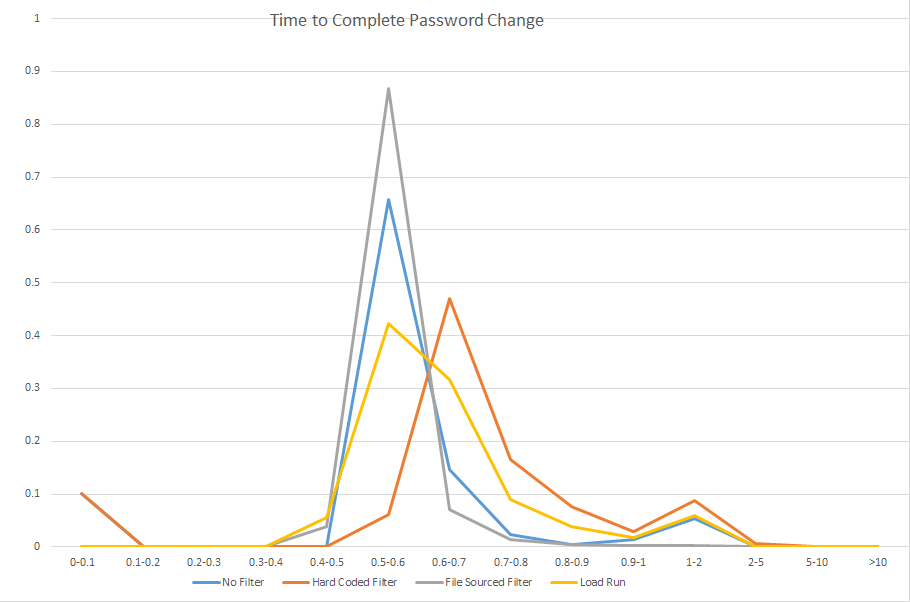The irony of facial recognition — the idea is that you trade some degree of privacy for enhanced security. There are 10k four digit codes – a 1:10000 chance of any specific code unlocking your device. Apple touted a one in a million chance of facial recognition unlocking your phone.
So you trade your privacy for this one in a million super secure lock. Aaaaand a Vietnamese security firm can hack the phone with a mask. Not even a *good* mask (like I take a couple of your pictures, available online, synthesize them into a 3d image and print a realistic mask).
This feat wasn’t accomplished with millions of dollars of hardware. It took them a week and 150$ (plus equipment, but a 3d printer isn’t as expensive as you’d think).
Boyd v. United States or Riley v. California provide fourth amendment protection for phone content … but that only means the police need a warrant. Fourth amendment, check. Fifth amendment … Commonwealth of Virginia v. Baust or United States v. Kirschner says that you while cannot be compelled to reveal a passcode to allow police to access your phone (testimonial) … a fingerprint is not testimonial, it is documentary. And can be compelled. As with a lot of security, one can ask why I care. If I’m not doing anything wrong then who cares if the police peruse my phone. But if I’m not protesting, why do I care if peaceful assembly is being restricted. I’m not publishing the Paradise Papers, so why do I care if freedom of the press is being restricted? Like Martin Niemöller and the Nazis – by the time they get around to harming you, there’s no one left to care.


















